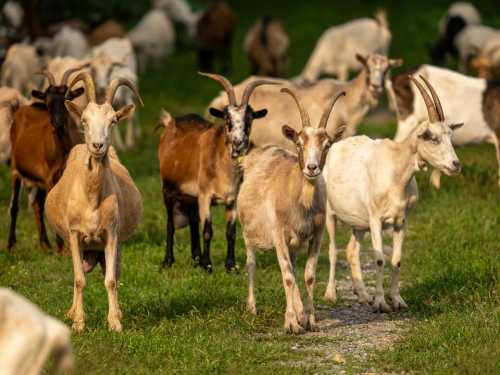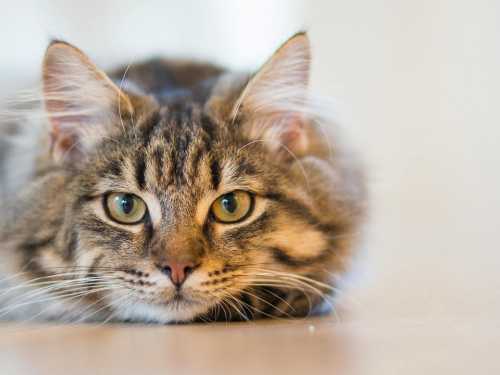
Let's learn about some of them!
1. Goats were a serious problem on the Galapagos Islands, as their abundance and voraciousness threatened the unique local flora and fauna, competing for resources with endemic species. Therefore, it was decided to shoot all the wild goats, but the question arose: how to effectively solve this problem on small islands? The solution was to use a goat named Judah. He was tied with a transmitter around his neck, and each time Judah found a herd, the hunters shot all the goats except himself. Judah remained alive to lead the hunters to the next herd. This method proved to be extremely effective, allowing the successful elimination of wild goat populations on several islands, which was a significant achievement in the preservation of the unique ecosystem of the Galapagos.
2. The Iberian ibex is a recently extinct species that was briefly 'resurrected' through cloning. On July 30, 2003, a cloned ibex was born, but 10 minutes later the animal died of a lung defect. Thus, the Iberian ibex became the first (and so far only) species to be technically brought back to life and then become extinct again, in what some researchers call a “double extinction.”
3. Goats served in the navy for many years. Their presence on ships was commonplace. Goats provided sailors with fresh milk, from which simple dairy products such as cheese and yogurt could be made. This was critical for long sea voyages, as fresh milk helped fight scurvy and other diseases caused by nutritional deficiencies. They were also more practical than cows.
Not only did they take up less space, but in case of an emergency, they could swim, which is why the goat became the mascot of the U.S. Naval Academy, honoring their historical role.
4. The idea of combining the genetic material of a goat and a spider may seem unusual, but it has been successfully put into practice with remarkable results.
Researchers from Utah “borrowed” the gene responsible for web production from spiders and implanted it into goats in close proximity to the genes responsible for milk production.
The fibers that were successfully obtained were extremely strong and flexible, surpassing Kevlar in terms of strength and energy absorption, and could, for example, replace damaged ligaments or be used to create lightweight but extremely strong materials for body armor or the aerospace industry. This breakthrough in biotechnology allows the production of so-called “spider milk”, which opens the way to large-scale production of super-strong fibers that were previously only available in limited quantities. However, the commercialization of this technology still requires overcoming the challenges associated with production efficiency and scalability.
5. “Co-therapy” with goats is a relatively new concept. This practice has gained popularity, particularly in the UK, where goats have been used as an alternative to puppies. They are often invited to nursing homes and lonely people to improve their well-being. After all, a goat in a cute sweater really looks funny and gives positive emotions. Most importantly, the therapy works by improving the emotional state, reducing stress and stimulating social interaction among patients. The peculiarity of goats as therapy animals lies in their gentle and inquisitive nature, which allows them to easily interact with people, and their size and manageability make them ideal for use in various institutions.
6. Males have a habit of urinating on their feet to please females. This makes their scent seem more attractive, but to humans it becomes unbearable. This behavior is part of their mating ritual, during which pheromones in their urine increase their attractiveness to females, signaling their readiness to reproduce, despite the fact that this smell is quite pungent to the human sense of smell.
So, goats are truly amazing creatures that prove that there is always room for unexpected discoveries and extraordinary stories in the animal world.





